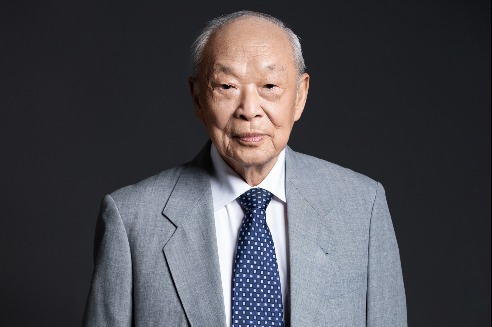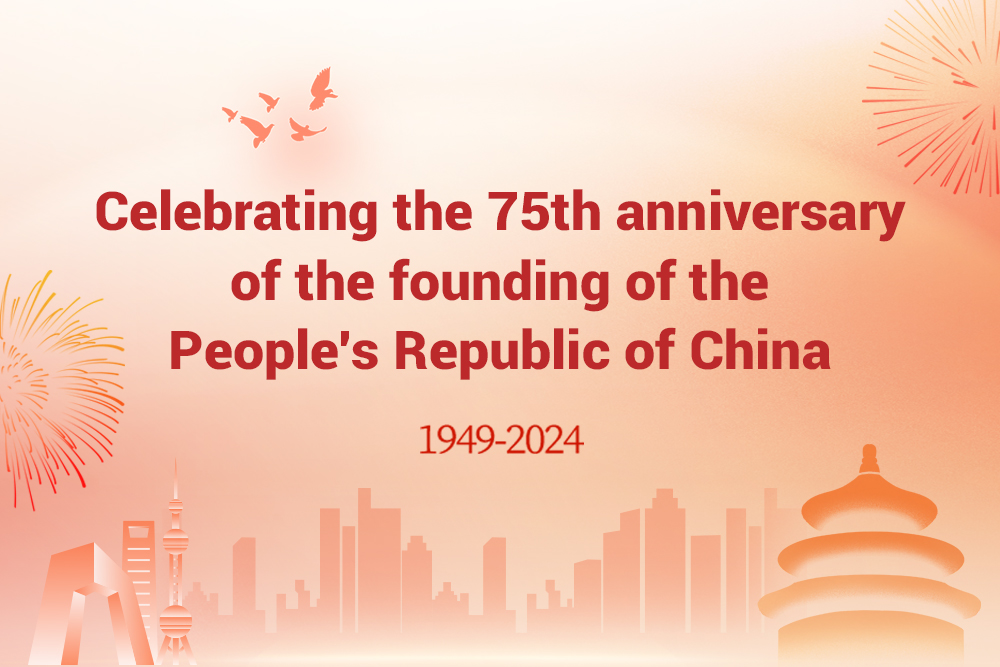Sanfu moxibustion not for everybody


As hospitals have begun providing a variety of sanfu moxibustion services — a traditional Chinese medicine treatment applied during the hottest days of summer to boost immunity against winter chills — officials and experts stressed that the therapy is only recommended for people with certain respiratory conditions and weak immunity and is not suitable for everybody.
Sanfu in Chinese refers to the hottest period of the year.
Liu Qingquan, president of Beijing Hospital of Traditional Chinese Medicine, said that sanfu moxibustion — which involves plastering warm herbal patches onto acupuncture points — dates back to a traditional Chinese medicine formula in the Ming Dynasty (1368-1644) and mainly comprises white mustard seeds and dried ginger.
"The therapy was originally used to treat asthma and would leave blisters and marks on acupuncture points on the skin," he said. "But now we have upgraded the formula so that blisters will be reduced while the effects in stimulating acupuncture points are strengthened."
Liu said that sanfu moxibustion is among a series of TCM approaches aimed at enhancing overall health to prepare for the cold season and protect against winter diseases. Components of the patch also vary based on an individual's health condition and local climates.
"But not all people are suitable. These treatments are recommended for people who tend to suffer asthma, chronic bronchitis, chronic obstructive pulmonary disease, allergic rhinitis and recurrent colds, as well as people who have cold hands and feet," he said.
This year's Chinese lunar calendar points to a longer-than-usual hot period that started on Monday and will last for 40 days.
The Beijing Administration of Traditional Chinese Medicine said earlier this month that more than 800 medical institutions across the city are certified to deliver sanfu moxibustion services.
"The treatment mainly targets people with chronic respiratory illnesses or allergic rhinitis, as well as children, the elderly and those who feel lethargic, catch a cold or cough frequently," it said.
It added that there is a variety of moxibustion plasters, such as a phlegm-dispelling patch used for toddlers aged 2 and above and adults and a cough-relieving patch designed for those aged 4 and above.
It said that all biological products used for sanfu moxibustion therapies should be registered with local drug regulators.
"Medical institutions are forbidden from unreasonably expanding the target population suitable for receiving the treatment for the sake of economic benefits," it said.
Hospitals are also banned from using patches that do not contain TCM ingredients, such as infrared patches or magnetic therapy patches, as part of sanfu moxibustion treatment, it said.
Zhao Yingwen, a 61-year-old Beijing resident, received his first sanfu moxibustion patch on Monday.
"I heard that the therapy can help relieve allergic rhinitis," he said. "Now that I am retired and have some free time, I decided to give it a shot."
Zhao said that the doctor asked him about his illness and checked his tongue before issuing a prescription.
- Honoring role models, Xi makes rallying call for making China stronger
- Profile: A Chinese doctor's ground-breaking battle against leukemia
- China publishes chronicle of CPC events from 1921 to 1949
- China's former senior provincial political advisor arrested for suspected bribery
- Chinese, Russian coast guards jointly inspect North Pacific high sea vessels
- China brings back 20 telecommunications fraud suspects from Myanmar





































